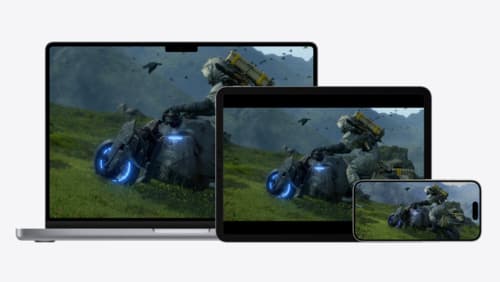How do I run windows on m1
Asked on 2024-07-31
1 search
To run Windows on an M1 Mac, you can use tools and projects that facilitate the evaluation and porting of Windows applications to Apple Silicon. One of the key tools mentioned at WWDC is the Game Porting Toolkit, which allows you to evaluate and port Windows games to Apple devices. This toolkit includes an evaluation environment that supports various game technologies, including AVX instructions and ray tracing, to help you understand how your game will perform on Apple Silicon before starting the porting process.
Here are some relevant sessions and chapters from WWDC that discuss these tools and processes:
-
Port advanced games to Apple platforms
- Evaluate your game: Learn how to use the evaluation environment to see your game running on Apple Silicon.
- Port your game: Understand the steps to bring your game's code and assets to Apple devices.
- Debug and profile with Metal tools: Utilize Metal tools to debug and profile your game during the porting process.
-
- Gameporting Toolkit: Overview of the Gameporting Toolkit and its updates, including community projects like Whiskey and Homebrew, and products like Crossover that help in the evaluation process.
For more detailed steps and tools, you can refer to the specific chapters in the sessions mentioned above. If you need a specific timestamp or more detailed information, feel free to ask!

Port advanced games to Apple platforms
Discover how simple it can be to reach players on Apple platforms worldwide. We’ll show you how to evaluate your Windows executable on Apple silicon, start your game port with code samples, convert your shader code to Metal, and bring your game to Mac, iPhone, and iPad. Explore enhanced Metal tools that understand HLSL shaders to validate, debug, and profile your ported shaders on Metal.

Bring your machine learning and AI models to Apple silicon
Learn how to optimize your machine learning and AI models to leverage the power of Apple silicon. Review model conversion workflows to prepare your models for on-device deployment. Understand model compression techniques that are compatible with Apple silicon, and at what stages in your model deployment workflow you can apply them. We’ll also explore the tradeoffs between storage size, latency, power usage and accuracy.

Platforms State of the Union
Discover the newest advancements on Apple platforms.
